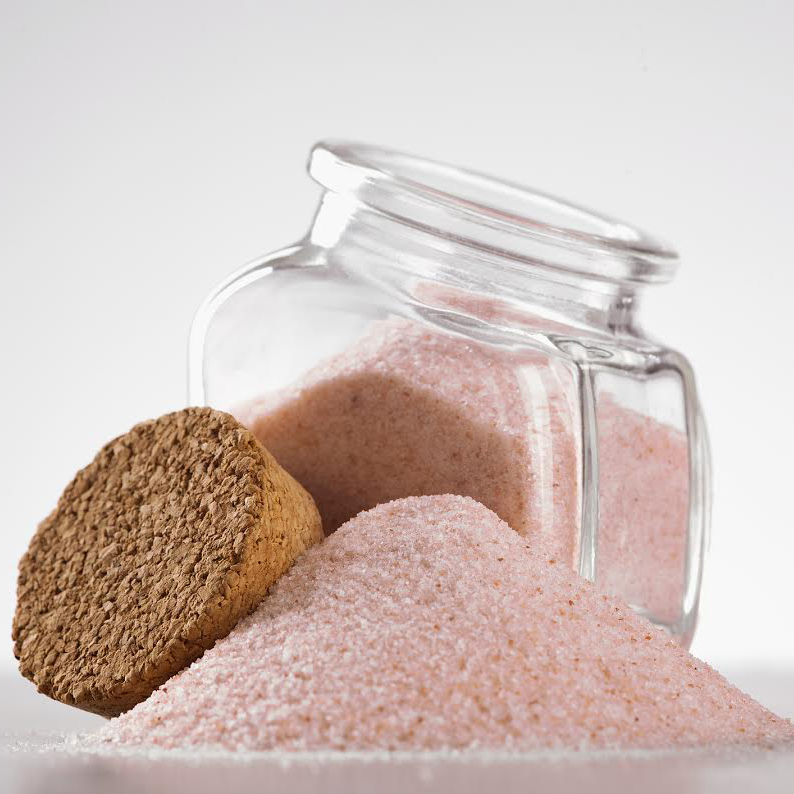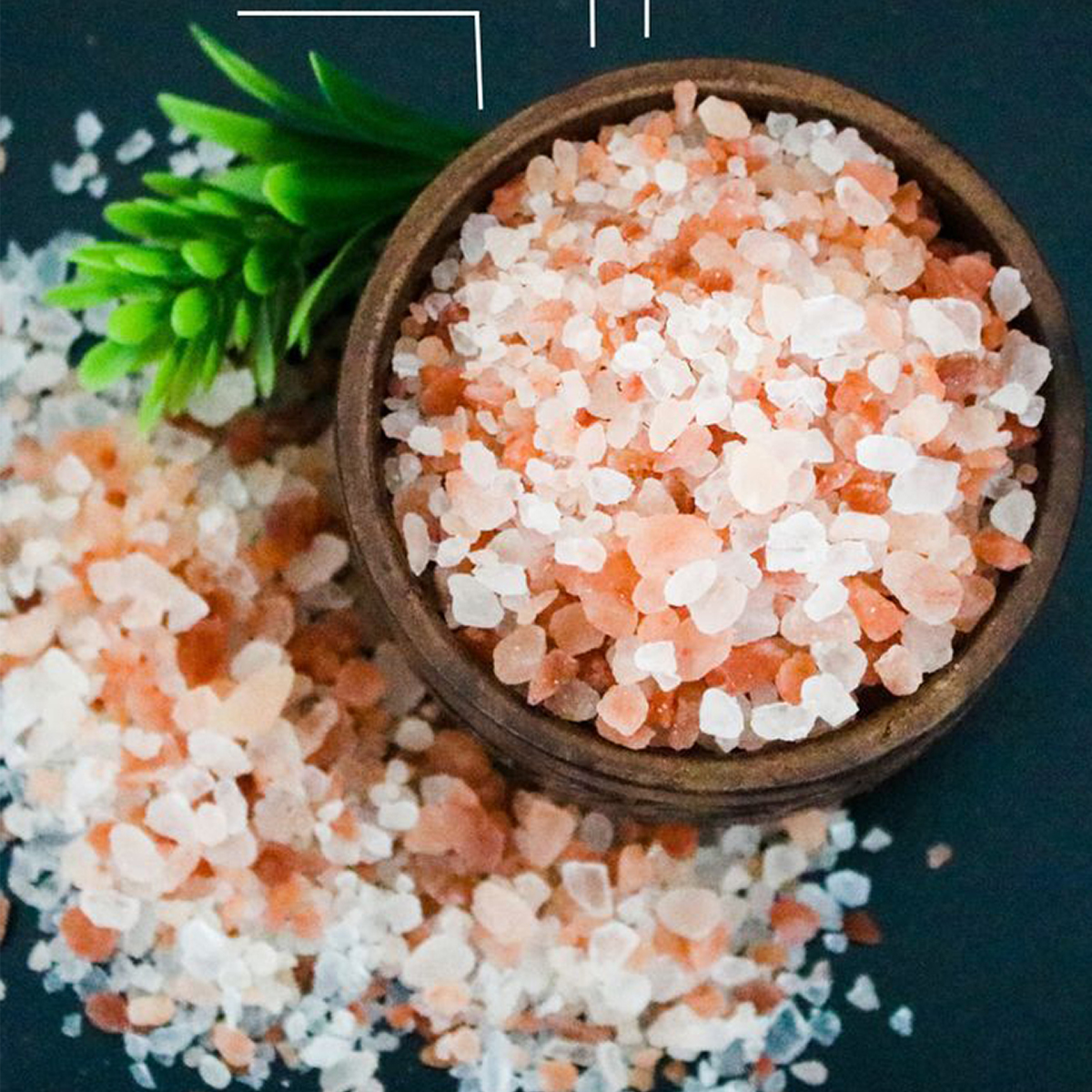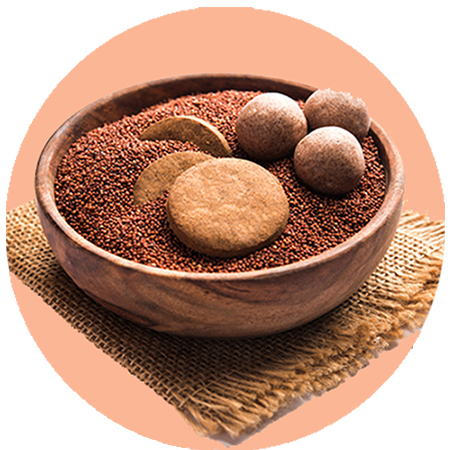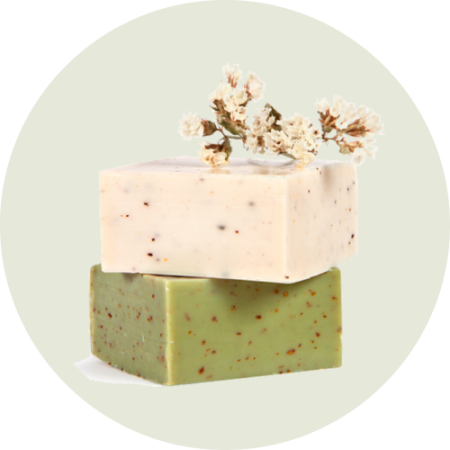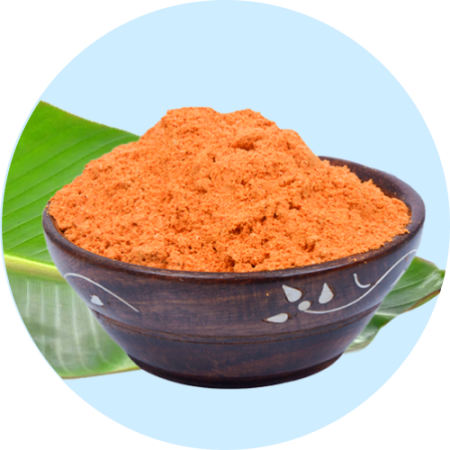Himalayan Salt
Himalayan salt, also known as Himalayan pink salt or Himalayan rock salt, is a type of salt that is mined from the Punjab region of Pakistan near the Himalayan foothills.
This is a natural salt that is believed to be millions of years old and is made up of primarily sodium chloride, along with trace amounts of other minerals such as potassium, magnesium, and calcium.
Himalayan salt is often marketed as a healthier alternative to table salt, as it is claimed to contain more minerals and be less processed. Some people also use it for its purported health benefits, such as improving digestion and regulating blood sugar levels, although more research is needed to confirm these claims.
Himalayan salt can be used in the same way as table salt, such as for seasoning food or cooking. It is also sometimes used in spa treatments and as an ingredient in beauty products.
However, it is important to note that like all forms of salt, Himalayan salt should be used in moderation as excessive salt consumption can have negative health effects.
- Lower Sodium Content: Some advocates suggest that Himalayan pink salt has a lower sodium content compared to regular table salt. While it’s true that the mineral content varies, the reduction in sodium is not significant enough to make a substantial impact on your overall sodium intake. It’s crucial to moderate your salt consumption for better health.
- Hydration Support: Proponents claim that Himalayan pink salt can help with hydration by maintaining a balance of electrolytes in the body. While it’s true that sodium and other electrolytes are essential for hydration, getting them from a balanced diet that includes a variety of foods is generally more effective than relying on any specific type of salt.
- Detoxification: Some people believe that Himalayan pink salt can aid in detoxification. However, the body already has mechanisms, primarily involving the liver and kidneys, to detoxify itself. Consuming specific types of salt is not a reliable or effective method for detoxifying the body.
- Respiratory Health: Salt therapy, or halotherapy, involves inhaling salt particles, and some claim that Himalayan salt lamps or salt caves can improve respiratory health. However, there’s limited scientific evidence to support these claims, and it’s essential to consult with healthcare professionals for respiratory health issues.
- Rich in Minerals: Himalayan pink salt contains trace minerals like potassium, magnesium, and calcium, which contribute to its color. However, the amounts of these minerals are relatively small, and it’s important to note that you would need to consume large quantities of salt to meet your daily mineral requirements.
We deliver to all major metropolitan cities,
including Chennai, Bangalore, Hyderabad, Mumbai, New Delhi, Pune, Ahmedabad, Surat, and Kolkata.




